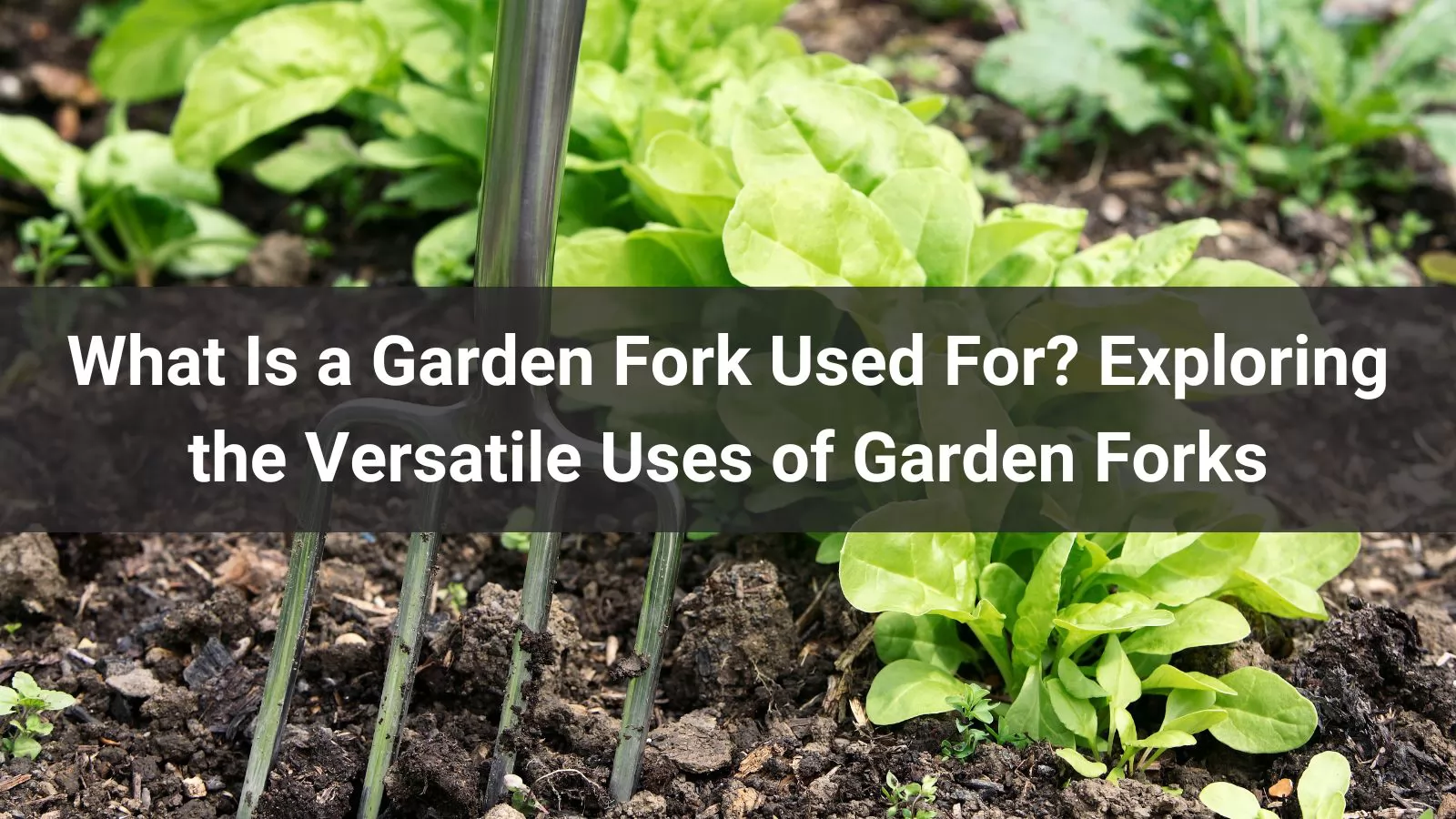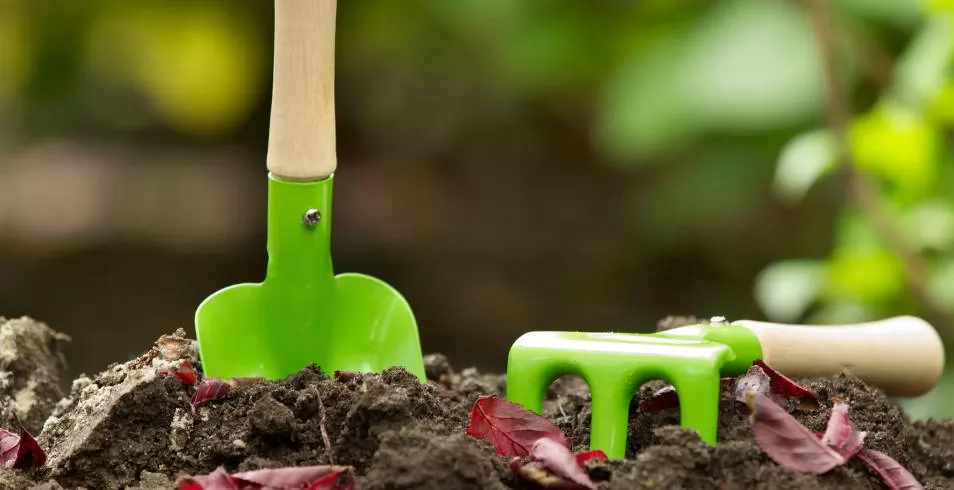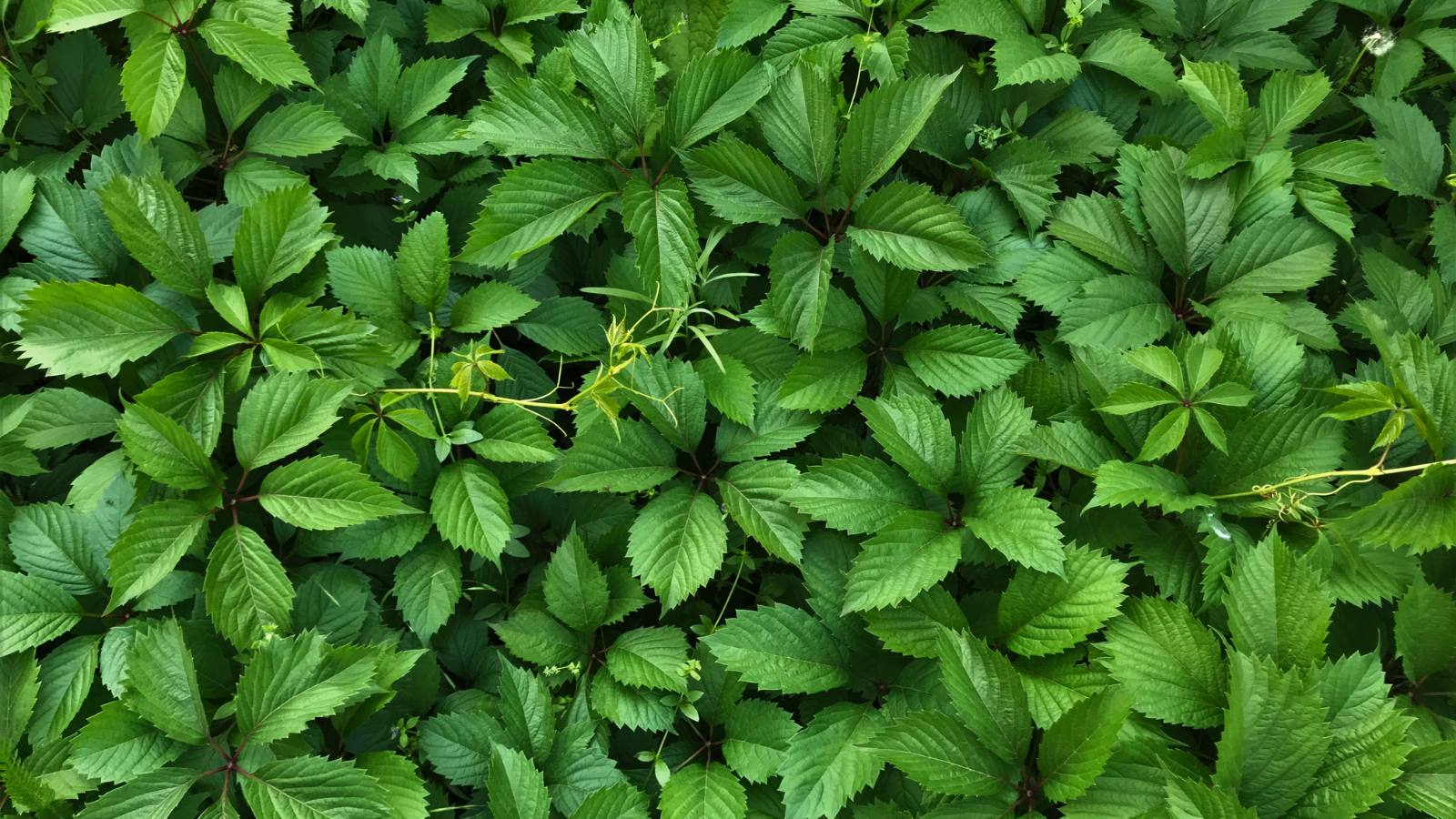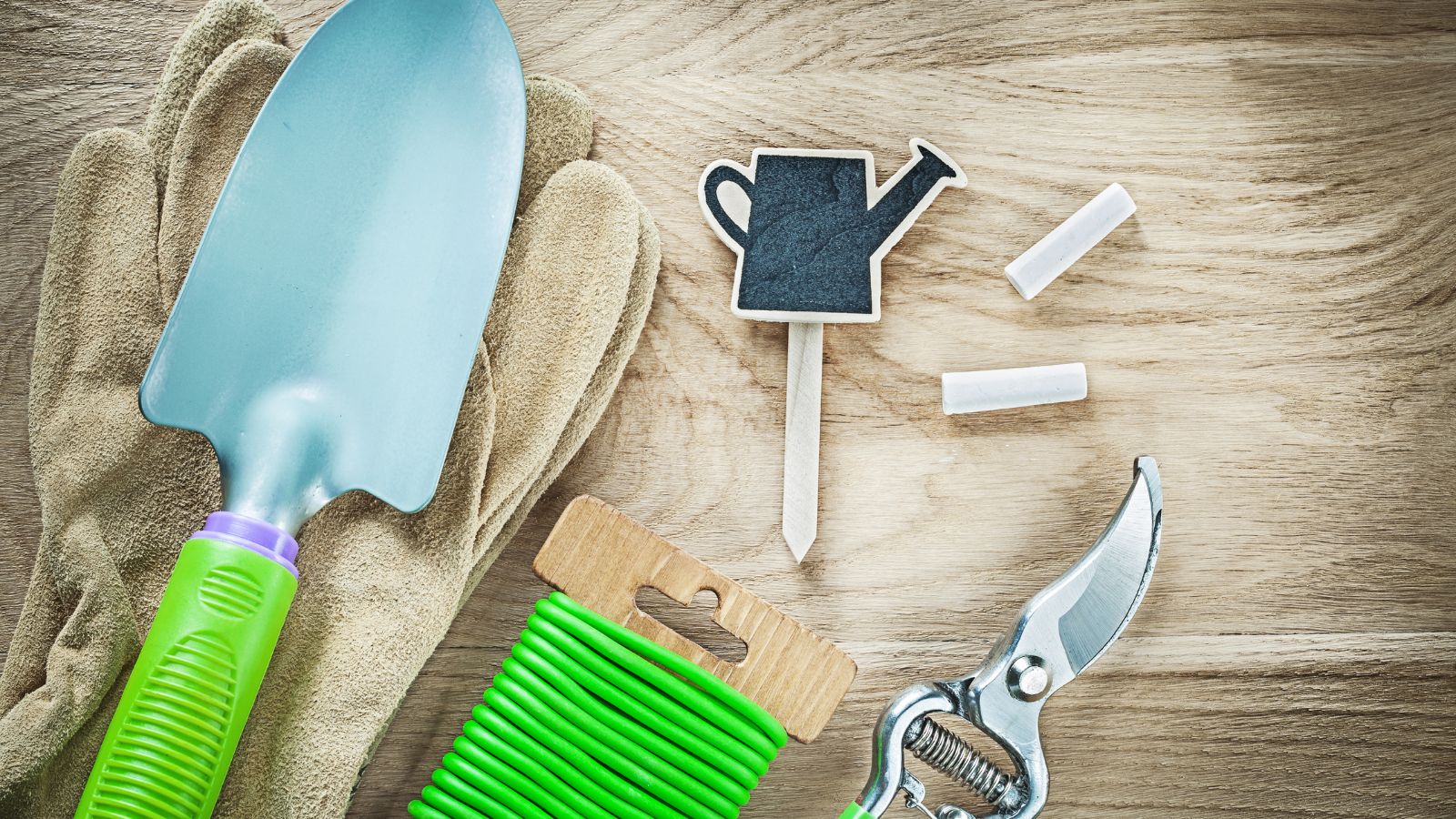
In the world of gardening, where tools like shovels, rakes, and hoes often take center stage, the humble garden fork stands out as an indispensable ally. Far more than just a simple implement, the garden fork is a versatile tool that handles a wide range of tasks, from breaking up tough soil to harvesting root crops. Whether you're a seasoned gardener or a beginner, understanding the different types of garden forks and their specific uses can transform your gardening experience, making tasks more efficient and enjoyable. This article delves into the various uses of garden forks, with a focus on the keyword "what is a garden fork used for", and explores the distinct roles of different fork types, their designs, and their applications in garden work.
A garden fork is a sturdy, multi-pronged tool designed for digging, turning, and loosening soil, as well as performing other garden tasks. Typically featuring a strong handle and a set of metal tines (usually four, but sometimes five or six), garden forks are built to tackle heavy-duty tasks that require penetrating and manipulating soil. Unlike a shovel, which scoops, or a rake, which levels, a garden fork excels at breaking up compacted earth, aerating soil, and lifting plants or debris. Its versatility makes it a must-have for gardeners working in diverse conditions, from rocky soils to delicate flowerbeds.
Garden forks come in various designs, each tailored to specific tasks. The three most common types are the Garden Fork, Digging Fork, and Border Fork, each with unique characteristics that make them suited for different gardening activities. Below, we explore these types and their primary uses, along with other specialized forks for niche tasks.
Description: The Garden Fork is the heaviest and most robust of the bunch, often referred to as the workhorse of garden forks. Typically featuring four strong, forged tines, this tool is designed for heavy-duty tasks and is ideal for cultivating new gardens or tackling tough, unworked soil.

Uses:
Description: The Digging Fork is slightly smaller and lighter than the garden fork, often made with welded tines rather than forged ones. Its head is typically around 18cm wide, making it versatile for a range of tasks. This is the most commonly used garden fork due to its balance of strength and maneuverability.
Uses:
Description: The Border Fork, sometimes called a Lady Fork, is the smallest and most delicate of the three, with a head width of about 14cm. Its lightweight design makes it easier to handle, especially for gardeners who prefer a less strenuous tool or those working in confined spaces.

Uses:
Beyond the three main types, there are specialized garden forks designed for niche tasks:
The handle of a garden fork significantly affects its usability and comfort. Common handle styles include:
The choice of handle depends on the gardener’s preference, the task at hand, and the duration of use. For example, a curved iron handle might suit heavy-duty tasks, while a D-grip wooden handle is better for delicate work.
Garden forks are indispensable because they offer unmatched versatility and efficiency. Unlike shovels, which are better for scooping loose material, forks penetrate and break up soil with less effort, making them ideal for tough conditions. Their ability to aerate soil, remove weeds, and harvest crops without damage makes them a multi-purpose tool that saves time and effort. Additionally, their durability—especially in forged models—ensures they last for years, even with heavy use.
The love of gardening sparks creativity, and gardeners often find innovative uses for their forks:
The garden tool market, including forks, is growing as more people embrace gardening for food production and sustainability. In Thailand, where agriculture is a key economic driver, garden forks are in high demand for both small-scale home gardens and large farms. Manufacturers like Spear & Jackson and Fiskars offer high-quality forged forks, while local brands provide affordable welded options. The trend toward ergonomic designs and lightweight materials is making tools like the border fork increasingly popular among diverse gardeners.
The garden fork is far more than a simple tool—it’s a gardener’s trusted companion, capable of tackling everything from breaking up hard soil to delicately planting bulbs. Whether you’re using a heavy-duty Garden Fork for new plots, a versatile Digging Fork for everyday tasks, or a nimble Border Fork for precision work, there’s a fork for every job. With various handle styles and specialized designs like compost or potato forks, gardeners have endless options to suit their needs. By understanding what a garden fork is used for, you can choose the right tool to make your gardening tasks easier, more efficient, and even more enjoyable. As you dig into your next project, let the garden fork inspire creativity and productivity in your outdoor haven.











We use cookies to make the website work, to provide advanced features, social media and traffic analysis, and we use analytics and third-party advertising cookies. If you choose to click "Deny All", you will retain the default setting of not allowing the use of cookies or other tracking tools other than technical tools.



